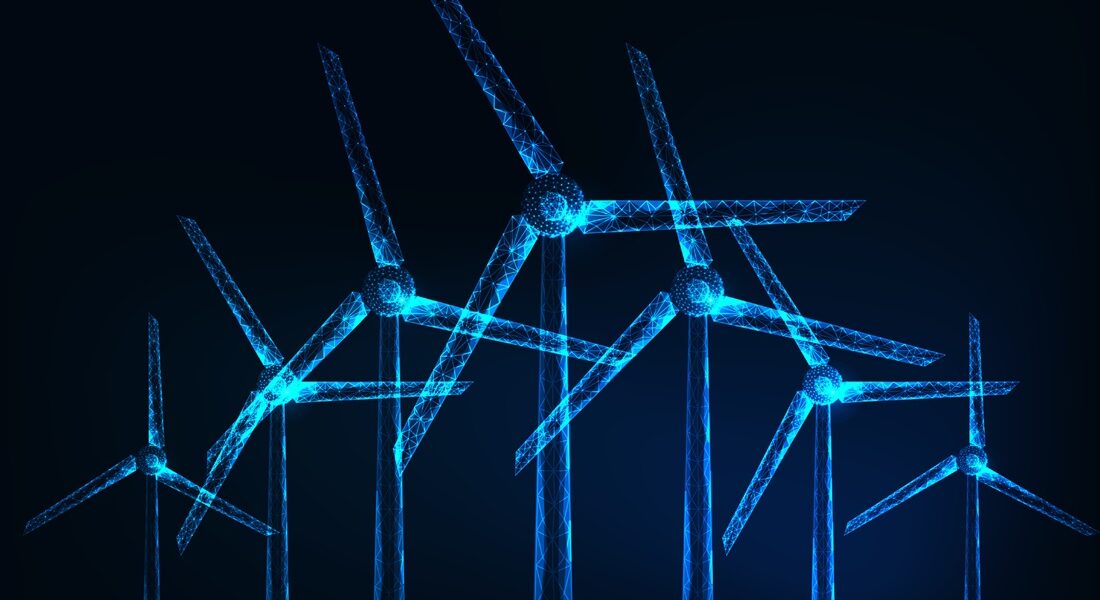
Energy Asset Management (EAM) encompasses systematically managing an organization’s energy-related assets, such as gas plants, power plants, renewable energy installations, storage, and electrical grids. EAM relies on the systematic use of multisource data and advanced technologies to achieve optimal energy asset performance. ENGIE – International Supply & Energy Management a has become a key international player in this field.
What is Energy Asset Management?
Regardless of the nature of a physical asset, effective management means providing it with the necessary resources to ensure it operates as efficiently and productively as possible. From a commercial perspective, the owner and/or operator must also ensure that production aligns with the market’s real needs
For energy assets, the challenges are the same as for other industrial assets – but the situation is even more complex.
- First off, the physical assets themselves are extremely diverse with varying constraints: a nuclear power plant, a thermal power plant, a wind turbine, a gas-fired power plant, or a storage facility are all different
- Second, for reasons of production capacity, liquidity, consumption patterns, geopolitics, or even the weather, the prices resulting from the interplay of energy supply and demand are highly volatile.
- Finally, regulatory constraints in this sector are very stringent and vary considerably from one place to the next.
Consequently, organizations seeking to secure revenue from their energy assets need to have extremely fine-tuned management processes. To meet this challenge, Energy Asset Management (EAM) is an increasingly sought-after strategic management approach in which ENGIE – International Supply & Energy Management has become a major player on several continents.
Optimizing energy production and storage assets
As Kyle Gibson, Vice President Asset Management at ENGIE North America, explains, monitoring the condition and proper use of installations is the starting point for any optimization drive: “Operational concerns always come first because we need our equipment to run reliably. We need it to perform. So obviously, this is key”.
To illustrate his point, Kyle distinguishes between different types of energy assets:
- “For thermal power for example, in North America, gas management is our biggest issue, particularly during the winter when pipeline restrictions are in place.
- For wind power, it is primarily the intermittency of the asset, which can make it difficult to juggle between the day-ahead and real-time markets, while also managing off-take agreements. This goes for Solar sites as well but to a lesser extent.
- For storage, state-of-charge (SOC) management is always a primary concern – ensuring the site has sufficient SOC to meet its obligations while also being prepared to respond to real-time volatility. This is also the case for Pump storage hydro facilities.”
Managing and analyzing as much relevant data as possible
Proactively managing equipment, day-to-day monitoring of market fluctuations, anticipating consumer trends… In the 360° environment of EAM, data is an irreplaceable resource. However, mastering increasingly voluminous and complex data flows requires appropriate tools and expertise. As Kyle Gibson explains, “Data quality is always a major concern. We always have to make sure that we have good telemetry and that we’re receiving good data flow, as well as good forecasts. This is essential for providing the best coverage and ensuring that what is produced is in phase with market volatility. To achieve this, teams of experts must develop a constant follow-up
Real-time analysis of energy market trends facilitates well-informed decision-making. At ENGIE – International Supply & Energy Management, analysts, data scientists and simulation engineers leverage sophisticated tools to provide solid forecasts, and execute transactions that balance supply and demand optimally.
Anticipating and managing risks
Kyle Gibson adds “Matching hedges to site production is always the biggest challenge.” Fluctuating commodity prices, variations in exchange rates or interest rates, geopolitical turbulence, climate hazards, and intermittent production of renewable energy – the sources of risks are many and varied. In the face of this constant uncertainty, various financial tools can be deployed, including :
- Long-term contracts: these. contracts commit a producer and a buyer for periods ranging from 10 to 30 years. Their function: to give partners visibility
- Diversification of energy portfolios: use multiple means of production to benefit from their different advantages and compensate for any shortcomings
- Futures: assets linked to an agreement between two parties to buy or sell at a later date for an agreed price.
- Options: contracts giving the holder the right, but not the obligation, to buy (call) or sell (put) a specific asset at a fixed price before a specified date.
- Swaps: contracts for the exchange of financial flows between two parties, exchanging a variable price formula for a fixed price.
Regulatory risk – the other risk that EAM teams are constantly tracking – can vary considerably from one state to another. Kyle warns “One of our biggest concerns is compliance. We want to make sure that we are always compliant with all regulations. If you do something that’s not compliant, if you act unethically, it can have disastrous consequences for the company, and even for individuals.”
ENGIE – International Supply & Energy Management employs financial instruments such as long-term contracts, energy portfolio diversification, and derivatives (futures, options, swaps) to mitigate these risks effectively.
A lever for the energy transition: a strategic priority at ENGIE
Energy Asset Management extends beyond operational efficiency — it’s a holistic approach that enables organizations to manage complexity, capitalize on market opportunities, and support sustainability goals.
ENGIE is committed to a trajectory that will deliver net zero emissions by 2045. Energy Asset Management represents an increasingly important lever for improving the performance of energy assets and for seamlessly integrating renewable energy into customer portfolios.